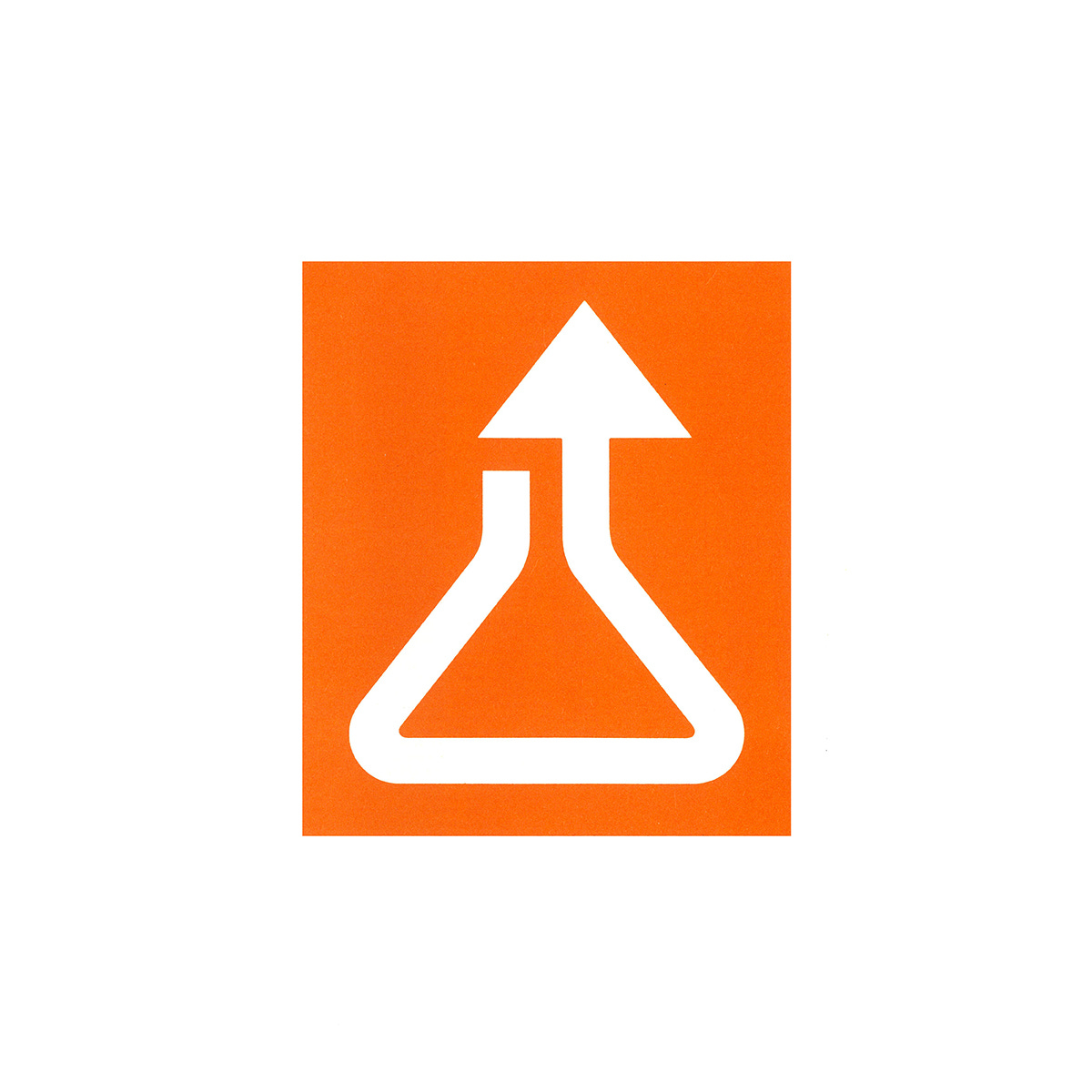Challenging new fields
Clifford Stead Jr. and Lester Beall's 1965 logo for chemicals and plastics manufacturer Rohm and Haas.
This post is supported by LogoArchive – The home of historical logos. Discover over 5000 of history’s greatest designs from the world’s finest designers. Updated every single day. Always find the logo inspiration you need for your next logo or branding project. Start here.
Rohm and Haas was founded in Esslingen, Germany in 1907 by Dr. Otto Röhm. The corporation was relocated to Philadelphia and began the American side of the business in 1909 with Röhm remaining in Germany to run a company that would eventually become Röhm.
Rohm and Haas launched with Oropon, a chemical product that improved the cleanliness of leather factories. The American company saw significant growth as the approaching world war increased the demand for leather for the manufacturing of belts and saddles. The corporation again benefitted from the demands of war in the conflict that followed in 1939, finding its transparent plastic ‘Plexiglas’ in high demand for aircraft canopies.
Post war, Rohm and Haas was able to capitalise on the chemicals and plastics knowledge gained from accelerated development in the war years, developing further products and growing internationally. At this time, the corporation’s logo consisted of stacked and extended uppercase lettering and a vertical rectangle containing an R&H monogram and waves.



